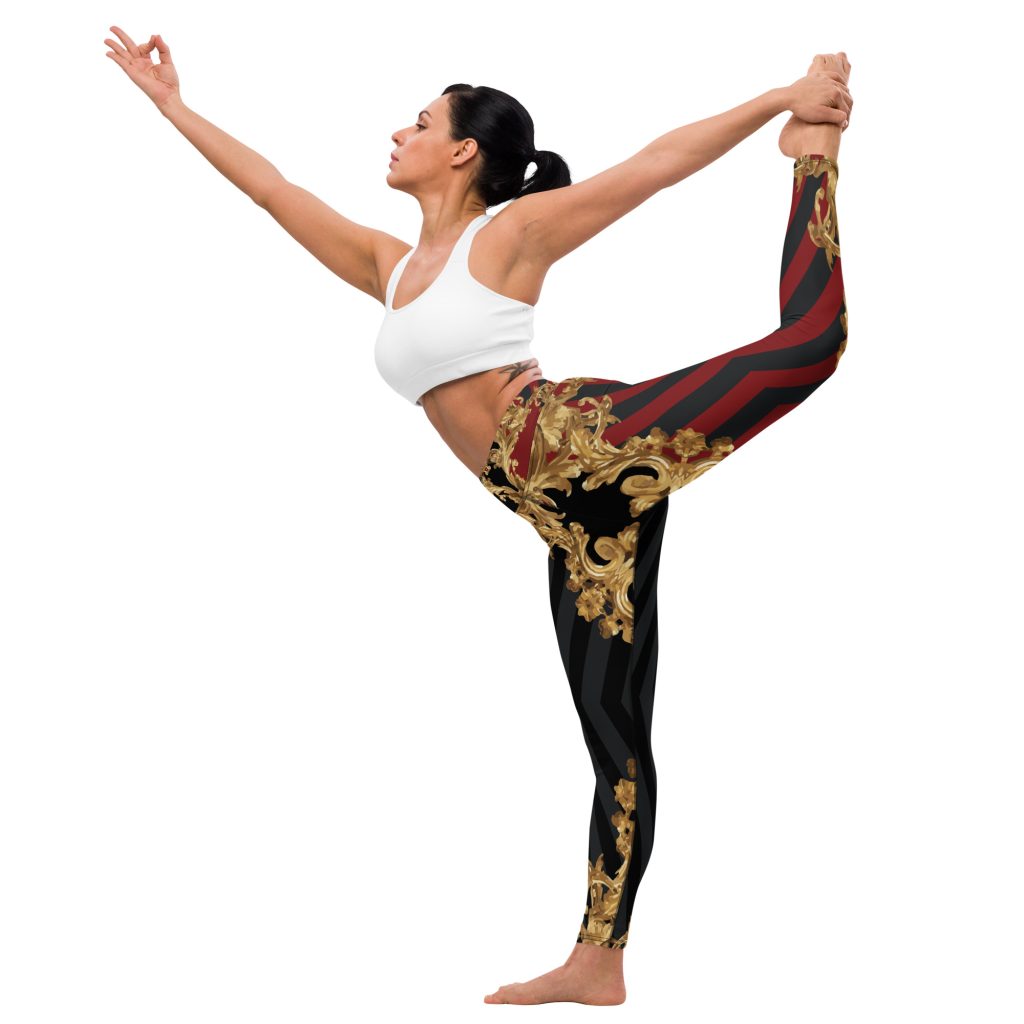
Walking is one of the most accessible and popular forms of exercise, known for its numerous health benefits, including improved cardiovascular health, weight management, and mood enhancement. While walking primarily targets the lower body muscles, such as the legs and glutes, many people wonder whether it also strengthens the core. In this article, we’ll explore the relationship between walking and core strength to determine whether walking alone is sufficient for strengthening the core.
Understanding Core Strength
Before delving into the effects of walking on core strength, it’s essential to understand what constitutes core strength. The core muscles include the muscles of the abdomen, lower back, pelvis, and hips, which work together to stabilize the spine and pelvis, support proper posture, and facilitate movement. Core strength is crucial for overall stability, balance, and injury prevention, affecting virtually every movement and activity we perform.
The Role of Walking
Walking is a low-impact aerobic exercise that primarily targets the muscles of the lower body, including the quadriceps, hamstrings, calves, and glutes. While walking engages these muscles to propel you forward and support your body weight, its direct impact on the core muscles is relatively limited compared to exercises specifically designed to target the core.
Core Activation During Walking
Although walking may not directly target the core muscles to the same extent as exercises like planks or crunches, it still requires some degree of core activation to maintain stability and proper posture. The core muscles work dynamically to stabilize the spine and pelvis with each step, especially during activities such as walking uphill, on uneven terrain, or at faster speeds.
Benefits for Posture and Alignment
While walking may not build significant core strength on its own, it can indirectly contribute to core stability by promoting proper posture and alignment. Walking with good posture—keeping the spine straight, shoulders back, and core engaged—helps strengthen the muscles that support the spine and pelvis, leading to improved core stability over time.
Enhancing Core Strength with Walking
While walking alone may not be sufficient for building substantial core strength, it can be incorporated into a comprehensive fitness routine that includes targeted core-strengthening exercises. Combining walking with exercises such as planks, bird dogs, Russian twists, and stability ball exercises can help strengthen the core muscles more effectively and promote overall stability and balance.
Conclusion
While walking offers numerous health benefits and promotes overall fitness, its direct impact on core strength is relatively limited compared to exercises specifically designed to target the core muscles. However, walking can still contribute to core stability by promoting proper posture, alignment, and dynamic core activation during movement. To maximize core strength and stability, it’s important to complement walking with a variety of core-strengthening exercises tailored to your fitness level and goals. By incorporating a well-rounded exercise routine that includes both walking and targeted core exercises, you can strengthen your core muscles, improve stability, and enhance overall health and well-being.
























